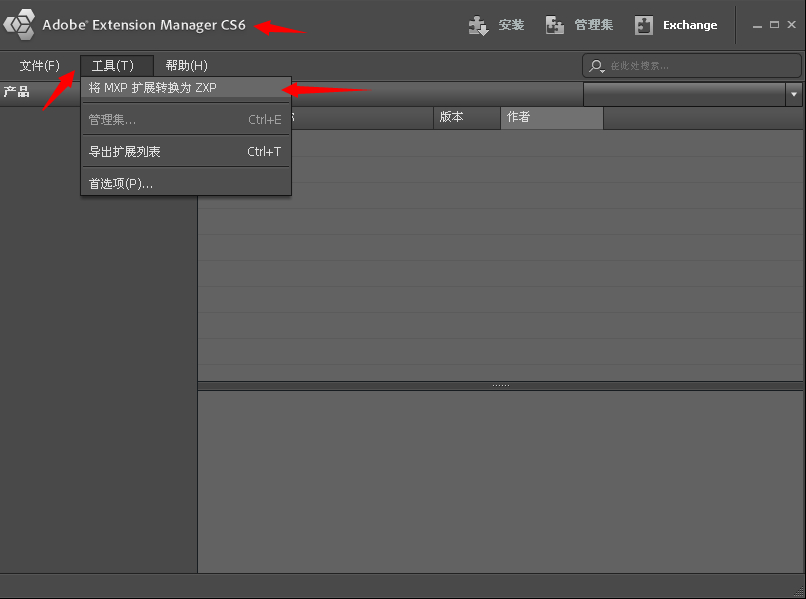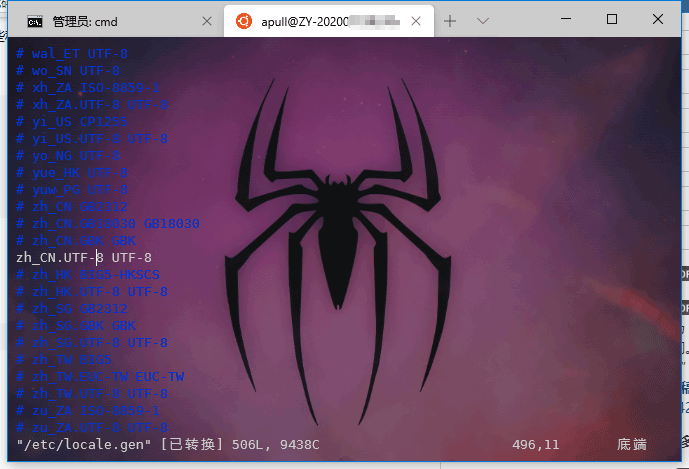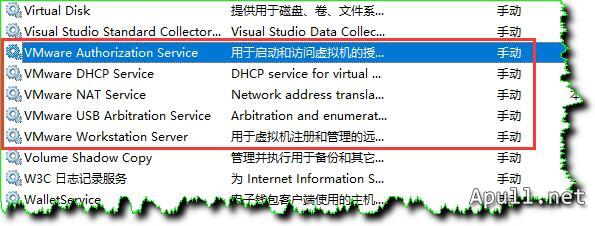C/C++时间函数的使用
一、获取日历时间
time_t是定义在time.h中的一个类型,表示一个日历时间,也就是从1970年1月1日0时0分0秒到此时的秒数,原型是:
typedef long time_t; /* time value */
可以看出time_t其实是一个长整型,由于长整型能表示的数值有限,因此它能表示的最迟时间是2038年1月18日19时14分07秒。
函数time可以获取当前日历时间时间,time的定义:
time_t time(time_t *)
#include <iostream>
#include <time.h>
using namespace std;
int main(void)
{
time_t nowtime;
nowtime = time(NULL); //获取当前时间
cout << nowtime << endl;
return 0;
}输出结果:1268575163
二、获取本地时间
time_t只是一个长整型,不符合我们的使用习惯,需要转换成本地时间,就要用到tm结构,time.h中结构tm的原型是:
struct tm {
int tm_sec; /* seconds after the minute - [0,59] */
int tm_min; /* minutes after the hour - [0,59] */
int tm_hour; /* hours since midnight - [0,23] */
int tm_mday; /* day of the month - [1,31] */
int tm_mon; /* months since January - [0,11] */
int tm_year; /* years since 1900 */
int tm_wday; /* days since Sunday - [0,6] */
int tm_yday; /* days since January 1 - [0,365] */
int tm_isdst; /* daylight savings time flag */
};可以看出,这个机构定义了年、月、日、时、分、秒、星期、当年中的某一天、夏令时。可以用这个结构很方便的显示时间。
用localtime获取当前系统时间,该函数将一个time_t时间转换成tm结构表示的时间,函数原型:
struct tm * localtime(const time_t *)
使用gmtime函数获取格林尼治时间,函数原型:
struct tm * gmtime(const time_t *)
为了方便显示时间,定义了一个函数void dsptime(const struct tm *);
#include <iostream>
#include <time.h>
using namespace std;
void dsptime(const struct tm *); //输出时间。
int main(void)
{
time_t nowtime;
nowtime = time(NULL); //获取日历时间
cout << nowtime << endl; //输出nowtime
struct tm *local, *gm;
local = localtime(&nowtime); //获取当前系统时间
dsptime(local);
gm = gmtime(&nowtime); //获取格林尼治时间
dsptime(gm);
return 0;
}
void dsptime(const struct tm * ptm)
{
char *pxq[] = {"日", "一", "二", "三", "四", "五", "六"};
cout << ptm->tm_year + 1900 << "年" << ptm->tm_mon + 1 << "月" << ptm->tm_mday << "日 " ;
cout << ptm->tm_hour << ":" << ptm->tm_min << ":" << ptm->tm_sec << " " ;
cout << " 星期" << pxq[ptm->tm_wday] << " 当年的第" << ptm->tm_yday << "天 " << endl;
}输出结果:
1268575163
2010年3月14日 21:59:23 星期日 当年的第72天
2010年3月14日 13:59:23 星期日 当年的第72天
三、输出时间
C/C++语言提供了用字符串格式表示时间的函数。
char * asctime(const struct tm *) char * ctime(const time_t *)
这两个函数返回值都是一个表示时间的字符串,区别在于传入的参数不同。
#include <iostream>
#include <time.h>
using namespace std;
int main(void)
{
time_t nowtime;
nowtime = time(NULL); //获取日历时间
cout << nowtime << endl; //输出nowtime
struct tm *local;
local = localtime(&nowtime); //获取当前系统时间
cout << asctime(local) ;
cout << ctime(&nowtime) ;
return 0;
}输出结果:
1268575163
Sun Mar 14 13:59:23 2010
Sun Mar 14 21:59:23 2010
四、计算时间间隔
可以通过difftime来计算两个时间的间隔,可以精确到秒,函数原型:
double difftime(time_t, time_t)
要想精确到毫秒,就要使用clock函数了,函数原型:
clock_t clock(void)
从定义可以看出clock返回一个clock_t类型,这个类型也定义在time.h中,原型是:
typedef long clock_t
clock_t也是一个长整型,表示的是从程序开始运行到执行clock函数时所经过的cpu时钟计时单元数。
#include <iostream>
#include <time.h>
using namespace std;
int main(void)
{
time_t start, ends;
clock_t cstart, cends;
start = time(NULL);
cstart = clock();
system("pause");
ends = time(NULL);
cends = clock();
cout << "时间差:" << difftime(ends, start) << endl;
cout << "Clock时间差:" << cends - cstart << endl;
return 0;
}输出结果:
请按任意键继续. . .
时间差:3
Clock时间差:3094
在time.h中定义了一个CLOCKS_PER_SEC
/* Clock ticks macro - ANSI version */ #define CLOCKS_PER_SEC 1000
表示1秒钟内有多少个时钟计时单元,在标准C/C++中,最小的计时单位是1毫秒。
五、自定义时间格式
C/C++在time.h中提供了一个自定义时间格式的函数strftime,函数原型:
size_t strftime(char *strDest, size_t maxsize, const char *format, const struct tm *timeptr);
参数说明:
char *strDest:用来存放格式化后的字符串缓存,
size_t maxsize:指定最多可以输出的字符数,
const char *format:格式化字符串,
const struct tm *timeptr:要转换的时间。
可使用的格式化字符串:
%a 星期几的简写
%A 星期几的全称
%b 月分的简写
%B 月份的全称
%c 标准的日期的时间串
%C 年份的后两位数字
%d 十进制表示的每月的第几天
%D 月/天/年
%e 在两字符域中,十进制表示的每月的第几天
%F 年-月-日
%g 年份的后两位数字,使用基于周的年
%G 年分,使用基于周的年
%h 简写的月份名
%H 24小时制的小时
%I 12小时制的小时
%j 十进制表示的每年的第几天
%m 十进制表示的月份
%M 十时制表示的分钟数
%n 新行符
%p 本地的AM或PM的等价显示
%r 12小时的时间
%R 显示小时和分钟:hh:mm
%S 十进制的秒数
%t 水平制表符
%T 显示时分秒:hh:mm:ss
%u 每周的第几天,星期一为第一天 (值从0到6,星期一为0)
%U 第年的第几周,把星期日做为第一天(值从0到53)
%V 每年的第几周,使用基于周的年
%w 十进制表示的星期几(值从0到6,星期天为0)
%W 每年的第几周,把星期一做为第一天(值从0到53)
%x 标准的日期串
%X 标准的时间串
%y 不带世纪的十进制年份(值从0到99)
%Y 带世纪部分的十进制年份
%z,%Z 时区名称,如果不能得到时区名称则返回空字符。
%% 百分号
#include <iostream>
#include <time.h>
using namespace std;
int main(void)
{
time_t nowtime;
nowtime = time(NULL); //获取日历时间
cout << nowtime << endl; //输出nowtime
struct tm *local;
local = localtime(&nowtime); //获取当前系统时间
char buf[80];
strftime(buf, 80, "格式化输出:%Y-%m-%d %H:%M:%S", local);
cout << buf << endl;
return 0;
}输出结果:
1268575163
格式化输出:2010-03-14 21:59:23

![[转] 深入探讨C++中的引用](https://www.apull.net/zb_users/theme/tpure/include/thumb/7.jpg)







